Previous
Previous
Part 1. Understanding Plastics
Next
Next



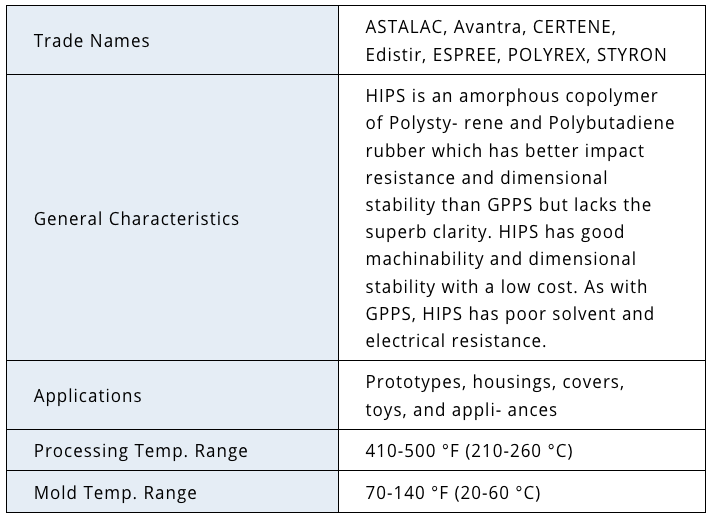













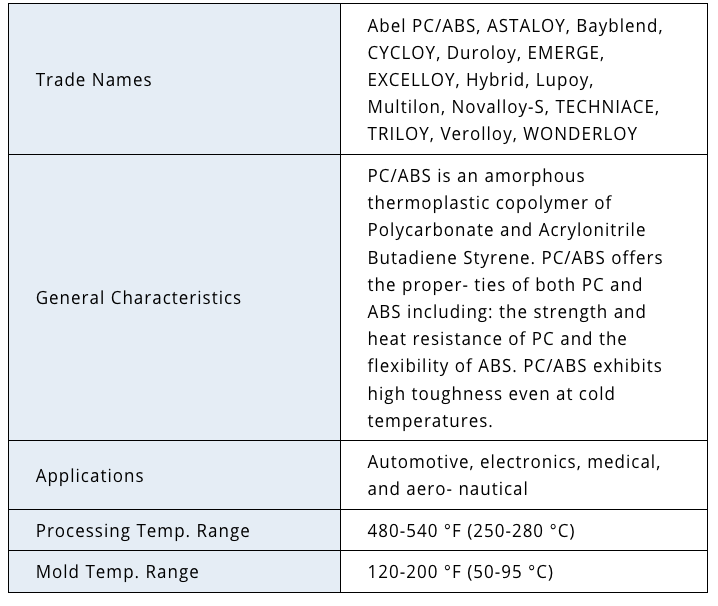


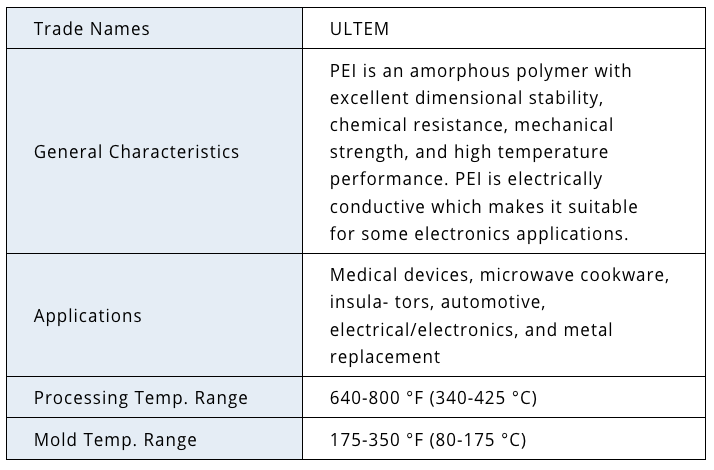



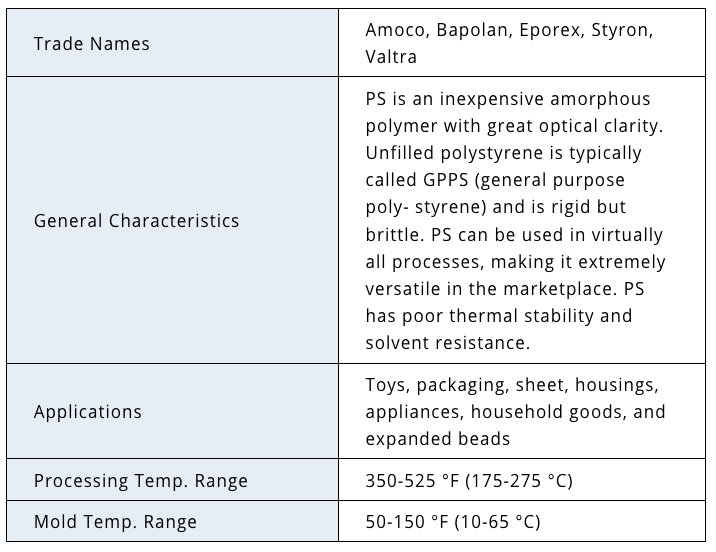




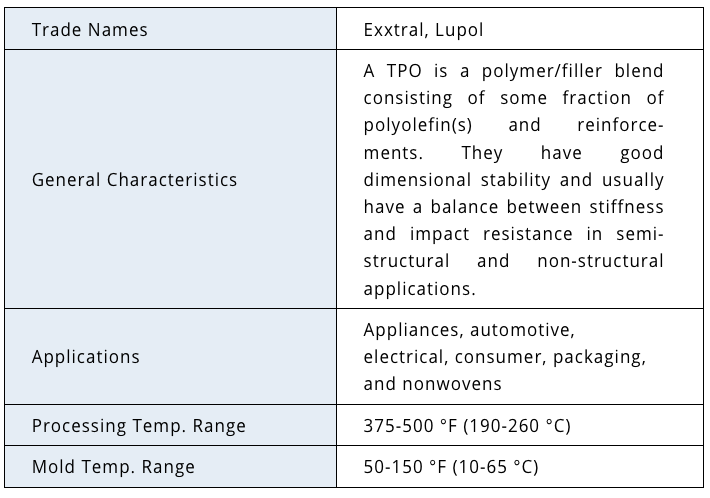


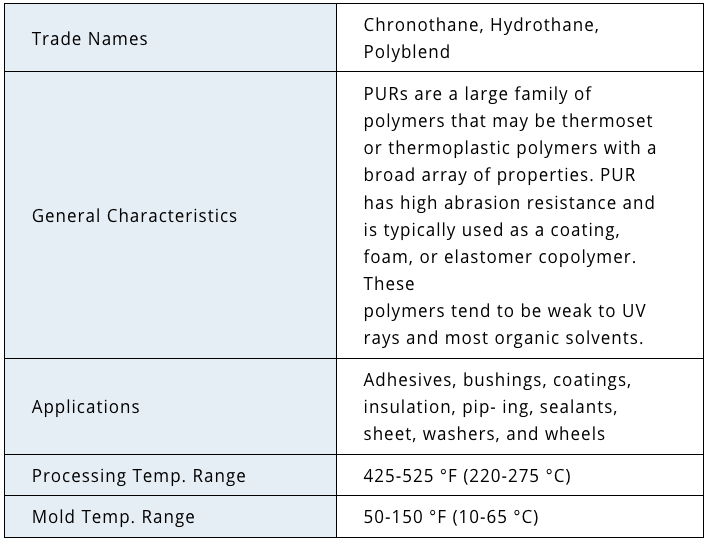
Founder & CEO of Resonant Pixel Co. I've been creating websites since 1996, started with Squarespace in 2010, and now create and manage website as a productized service.